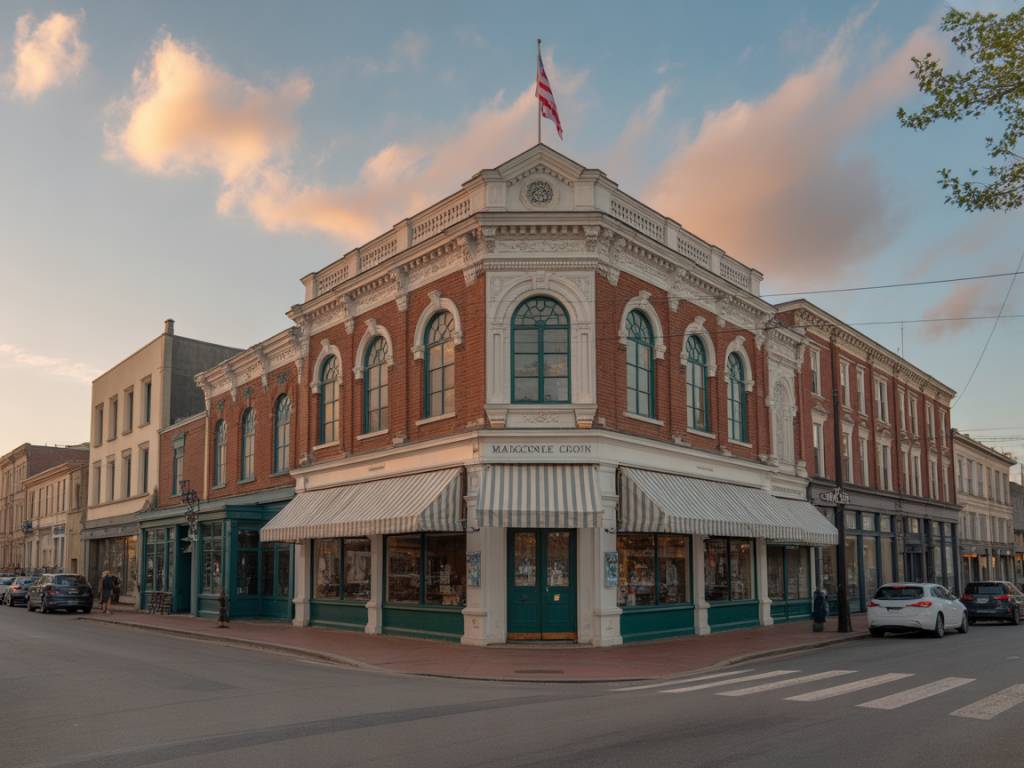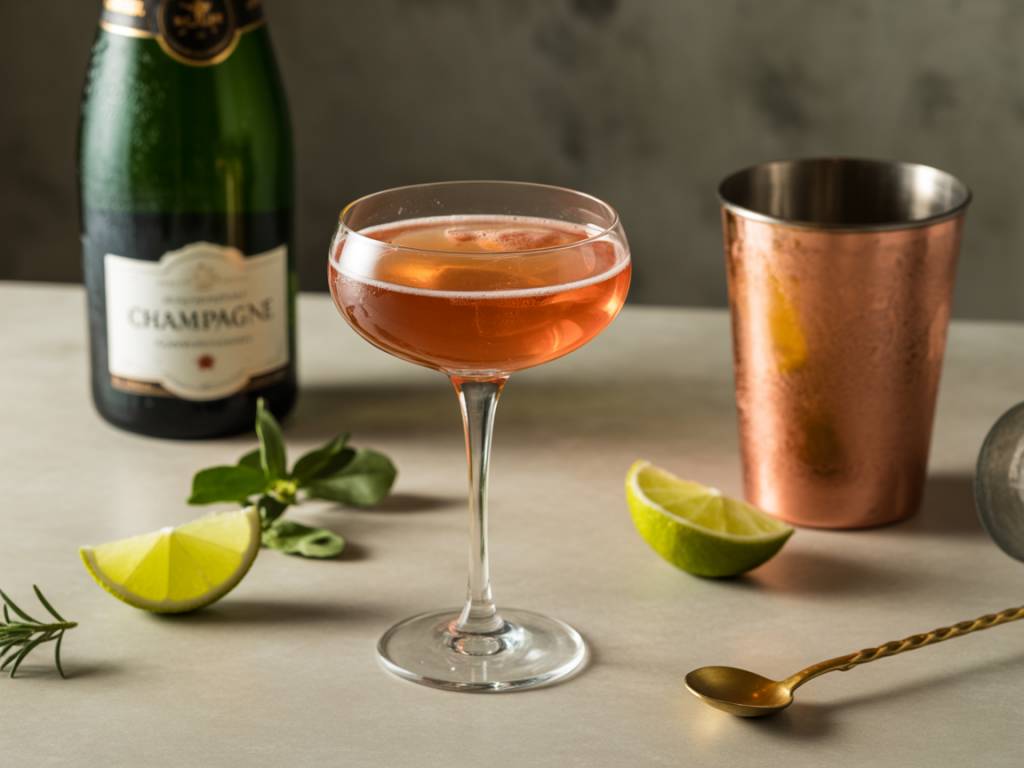Macon: A New Southern Story Told Through Music and Art
When people think of Southern culture, images of classic hospitality, comfort food, and antebellum charm often come to mind. But in Macon, Georgia, a different kind of Southern narrative is emerging—one driven by guitars, murals, and creative reinvention. Once known primarily for its rich musical heritage, Macon is now repositioning itself as a vibrant hub where art and music are tools of community identity and drivers of local development. And the transformation is not just aesthetic; it’s structural, cultural, and deeply intentional.
The Legacy That Built the Foundation
To understand where Macon is headed, one must look at where it’s been. This city, about 85 miles south of Atlanta, has long punched above its weight musically. It’s the birthplace of Southern rock giants like the Allman Brothers Band and Otis Redding, figures who shaped American music history. But Macon doesn’t live in the past—it uses it.
The Otis Redding Foundation, for instance, is more than a tribute; it’s a dynamic organization offering music education and mentorship to young creatives. “We’re investing in Macon’s future by honoring our past,” says Karla Redding-Andrews, executive director. The Foundation’s signature program, the Otis Music Camp, has become an incubator for the next generation of musicians and artists.
Music as a Catalyst for Cultural Tourism
Tourism in Macon is heavily intertwined with its musical roots. Visitors can follow the Macon Music Trail, explore the Big House Museum dedicated to the Allman Brothers, and attend year-round music festivals like Bragg Jam. Initiated in memory of local musicians Brax and Tate Bragg, the festival has grown from a family tribute into a city-wide celebration of diverse genres—rock, indie, hip-hop, bluegrass—performing side by side.
The impact? Increased foot traffic to downtown businesses, greater visibility for local artists, and a steady boost in overnight visitors. According to the Macon-Bibb County Convention & Visitors Bureau, tourism revenue increased by over 15% between 2021 and 2023, largely driven by cultural and music events.
Downtown Revitalization Through Art
Walk through Macon’s downtown, and it becomes clear: public art is being used not just for beautification, but for transformation. Murals created by local and visiting artists now cover once-ignored building walls, many of which date back to the 19th century. Notably, the “Black Music Mural,” a bold, multi-story piece on Cherry Street, celebrates African-American music legends from Macon and serves as a striking testament to the city’s cultural legacy.
This mural is part of the Macon Mural Festival, an initiative backed by the Macon Arts Alliance. The festival brings artists, residents, and businesses together in a creative dialogue that extends beyond the canvas. Residents vote on themes, neighborhood groups help with logistics, and local businesses sponsor materials and artists’ fees.
Creative Economy in Action
Far from being symbolic, Macon’s investment in the arts is proving economically viable. The Knight Foundation’s 2022 Community Report highlighted that for every dollar spent on public art in Macon, nearly two dollars were generated in local economic activity. Art galleries, coffee shops, live music venues, and creative co-working spaces have all opened in areas once considered dormant.
Spaces like Ampersand Guild—a hybrid arts collective and studio—are attracting entrepreneurs, freelancers, and young professionals who are choosing Macon not out of necessity, but inspiration. “Macon feels like a place where your ideas are possible,” says Sarah Collins, a ceramic artist who relocated from Atlanta. “There’s room to grow, and people are genuinely interested in helping you succeed.”
Authenticity Over Cliché
Unlike some Southern cities that lean heavily into caricatured aesthetics, Macon’s growth has been rooted in authenticity. Local leaders, like Macon Mayor Lester Miller, stress the importance of preserving the community voice in revitalization efforts. “We’re not trying to be the next Asheville or Nashville,” he notes. “We’re trying to become a better version of Macon.” His administration has prioritized inclusive development, ensuring that communities historically underrepresented in cultural conversations are now shaping them.
For example, the nonprofit OneMacon has created a Cultural Planning Task Force to ensure that neighborhoods outside the downtown core are also receiving investment in arts and music spaces, not just the tourist-heavy areas. Pop-up art shows in East Macon, jazz nights in Pleasant Hill, and hip-hop poetry slams at local libraries are engaging young residents and encouraging local pride.
Education and the Next Generation
Macon’s reinvention is sustainable largely because it is future-focused. Public schools, including Central High School and Howard Middle School, have received grants for arts integration programs. The Grand Opera House, in partnership with Mercer University, offers youth workshops that pair traditional music education with modern techniques like sound mixing and video production.
This educational access is making a tangible difference. In 2023, over 1,200 students participated in local music and art programs—double the number from just five years earlier. “When students can see creative careers as viable, it changes their whole perspective,” says Angela Hicks, a high school music teacher. “It also builds their connection to the community.”
Challenges and Realities
Macon’s transformation isn’t without obstacles. Gentrification concerns have emerged, especially as downtown real estate becomes more appealing. Efforts are underway to address this through policies that incentivize affordable housing for artists and long-term residents. Moreover, while tourism is growing fast, infrastructure must keep pace—public transportation upgrades and increased venue capacity are ongoing discussions at the local level.
Still, the city’s approach remains collaborative and fluid. Local councils, artists’ associations, and even faith-based organizations regularly engage in town hall meetings, helping to steer the growth in ways that reflect the broader community interest—not just commercial gains.
Macon as a Southern Cultural Case Study
What makes Macon notable is not just its talent, or even its history, but its strategy. The city is redefining what a « Southern lifestyle » looks like—less about porch swings and mint juleps, more about inclusive expression, vibrant public spaces, and economic resilience grounded in creativity.
In an age where many mid-sized American cities struggle to retain identity while embracing growth, Macon shows that heritage and innovation don’t need to be at odds. If anything, they’re complementary. And whether you’re a music lover planning a deep dive through Georgia’s soundscape or a digital nomad hunting for your next base of inspiration, Macon belongs on your map.
What story will the South tell in the next decade? If Macon serves as any indication, it will be one set to a new rhythm—still unmistakably Southern, but now richer, louder, and more alive than ever.



